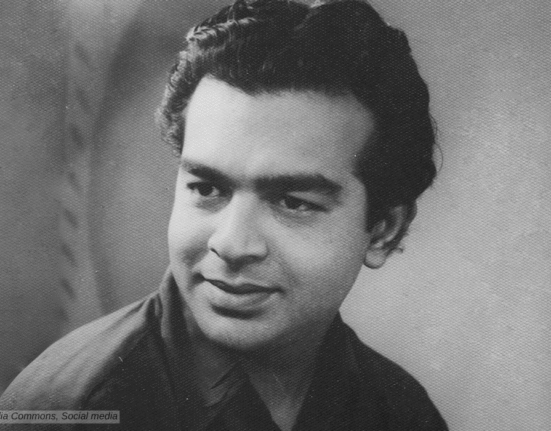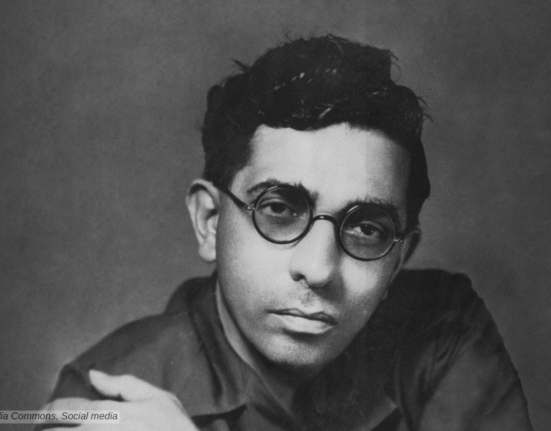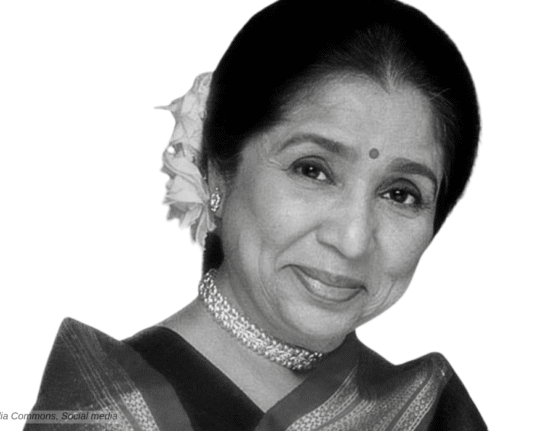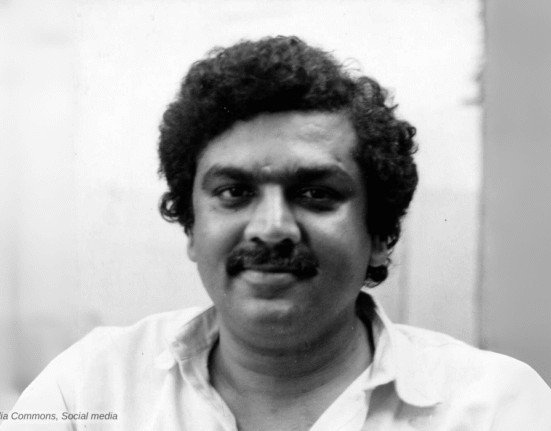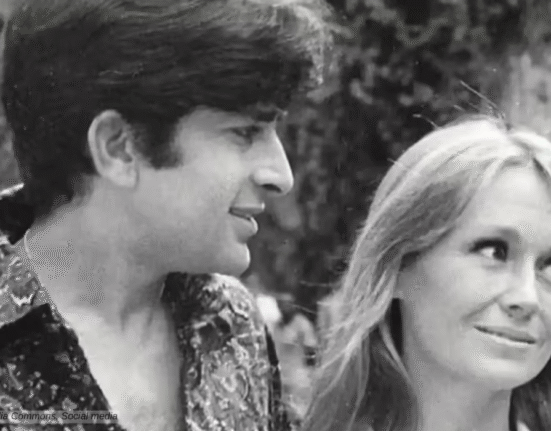An actor par excellence, Humphrey Bogart was a cultural icon and one of the biggest stars of classic Hollywood cinema. Known for his distinctive voice, charismatic screen presence, and tough-guy persona, Bogart’s career spanned over three decades, during which he appeared in numerous iconic films such as “The Maltese Falcon,” “Casablanca,” “To Have and Have Not,” “The African Queen,” “The Caine Mutiny,” and many more.
I was born when you kissed me. I died when you left me. I lived a few weeks while you loved me.
Humphrey Bogart
Early Life
Humphrey DeForest Bogart was born on December 25, 1899, in New York City into a wealthy family. His father, Belmont DeForest Bogart, was a prominent surgeon, and his mother, Maud Humphrey, was a commercial artist. Despite his privileged upbringing, Bogart’s early life was marked by rebellion and a lack of interest in academics. He attended several prestigious schools, including Trinity School and Phillips Academy, but was eventually expelled for misconduct. In 1918, he enlisted in the United States Navy and served during the World War.
After his military service, Bogart began his acting career on the Broadway stage, where he initially played juvenile roles in drawing-room comedies. His early-stage success led to roles in film shorts and a contract with Fox Film Corporation. However, his initial foray into Hollywood was not successful, and he returned to the Broadway stage.
Humphrey Bogart The Star
Bogart’s breakthrough came in 1936 with his role as Duke Mantee in the Broadway play “The Petrified Forest.” His performance caught the attention of Hollywood, and he was cast in the film adaptation, which propelled him to stardom.

Despite receiving overwhelmingly positive reviews and experiencing significant success in the adaptation of “The Petrified Forest,” where he starred alongside Leslie Howard and Bette Davis, Humphrey was typecast as the “gangster and frequently played negative roles in B movies. He once told in an interview, “In the first 34 pictures” for Warner’s, he told journalist George Frazier, “I was shot in 12, electrocuted or hanged in 8, and was a jailbird in 9.”
Directed by Raoul Walsh, “High Sierra (1941)” featured Bogart as Roy Earle, a hardened criminal with a soft spot for a young woman. The film was a commercial success and solidified Bogart’s tough-guy image and also his last major film as a gangster. Soon after High Sierra, he starred in John Huston’s film noir classic “The Maltese Falcon (1941),” which featured Bogart as private detective Sam Spade. The film is considered one of the greatest in the genre.
Further Acclaim
1942 proved to be his turning point, as he starred in “Casablanca (1942),” opposite Ingrid Bergman. It was perhaps Bogart’s most iconic role, as he played Rick Blaine, a cynical nightclub owner in wartime Casablanca. The film, directed by Michael Curtiz, won three Academy Awards and remains a timeless classic. Bogart’s performance earned him a Best Actor Academy Award nomination.
Fondly remembered for his electric chemistry with Lauren Bacall in “To Have and Have Not (1944),” directed by Howard Hawks, this film marked the beginning of their on-screen and off-screen partnership.
Known for its intricate plot and sharp dialogue, “The Big Sleep (1946),” starring Bogart and Bacall, was based on the novel by Raymond Chandler. It featured Bogart as private detective Philip Marlowe. Bogart and Bacall returned with their next film, Dark Passage (1947), followed by “Key Largo” in 1948, directed by John Huston. Key Largo featured Bogart as Frank McCloud, a war veteran who confronts a gangster during a hurricane. The film was a critical and commercial success.

John Huston’s next, “The Treasure of the Sierra Madre,” in 1948 showcased Bogart’s versatility as an actor. He played Fred C. Dobbs, a prospector driven to madness by greed. The film won three Academy Awards. Nicholas Ray’s “In a Lonely Place (1950)” featured Bogart as Dixon Steele, a troubled screenwriter suspected of murder. The film is now considered one of his best performances.
Later Career
Bogart won the Academy Award for Best Actor for his performance in “The African Queen (1951)” with Katharine Hepburn, again directed by John Huston. In the film, he played Charlie Allnut, a rough-and-tumble boat captain who helps a missionary navigate treacherous waters.


One of his most memorable films was the 1954 film “The Caine Mutiny,” directed by Edward Dmytryk, which featured Bogart as Lieutenant Commander Queeg, a naval officer whose mental instability leads to a mutiny. The film was a big critical and commercial success and earned him a Best Actor Academy Award nomination.
Some of his other notable films include The Big Shot (1942), Sahara (1993), Passage to Marseille (1944), To Have and Have Not (1944), Conflict (1945), Dead Reckoning (1947), The Treasure of the Sierra Madre (1948), In a Lonely Place (1950), The Enforcer (1951), Battle Circus (1953), Beat the Devil (1953), Sabrina (1954), The Barefoot Contessa (1954), We’re No Angels (1955), The Left Hand of God (1955), and The Desperate Hours (1955).
The Harder They Fall (1956), directed by Mark Robson, was the last film of Humphrey Bogart.
Personal Life
Bogart first married Helen Menken in 1926, but the couple separated in 1927. He then married Mary Philips in 1928; the marriage ended in 1937. Her third marriage with Mayo Methot was also full of troubles, and they divorced in 1945. In 1945, he famously married his much younger co-star Lauren Bacall, with whom he had a son, Stephen Humphrey Bogart, born on January 6, 1949.
Humphrey Bogart was a heavy smoker and drinker, which led to his developing esophageal cancer. Bogart initially avoided medical consultation despite his deteriorating health, and when he was finally persuaded by his wife, Lauren Bacall, it was too late. In March 1956, he had a surgery that was not much of a success. Despite chemotherapy and aggressive treatment, the cancer had metastasised soon, necessitating further surgery. His condition worsened, marking the final chapter of the legendary actor’s life. He passed away on January 14, 1957, in Los Angeles, aged 57.
Humphrey Bogart’s contributions to cinema are immense. He was named the greatest male star of classic American cinema by the American Film Institute in 1999. His ability to portray complex, flawed characters with depth and authenticity set a new standard for acting in Hollywood. Bogart’s influence can be seen in the work of countless actors who followed in his footsteps.
Humphrey Bogart on IMDB




